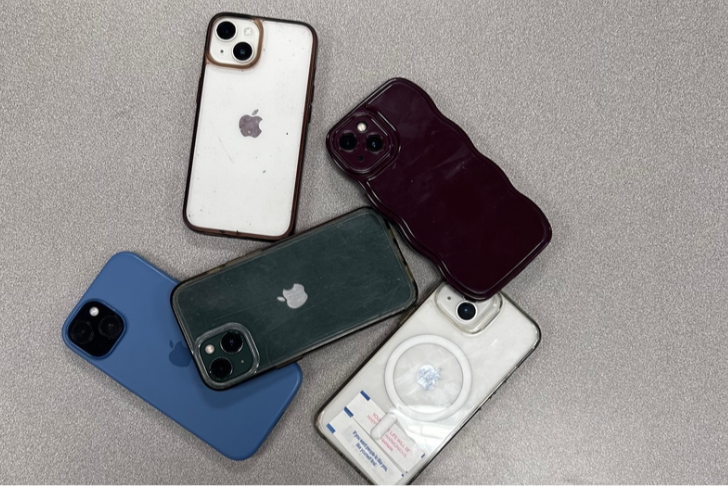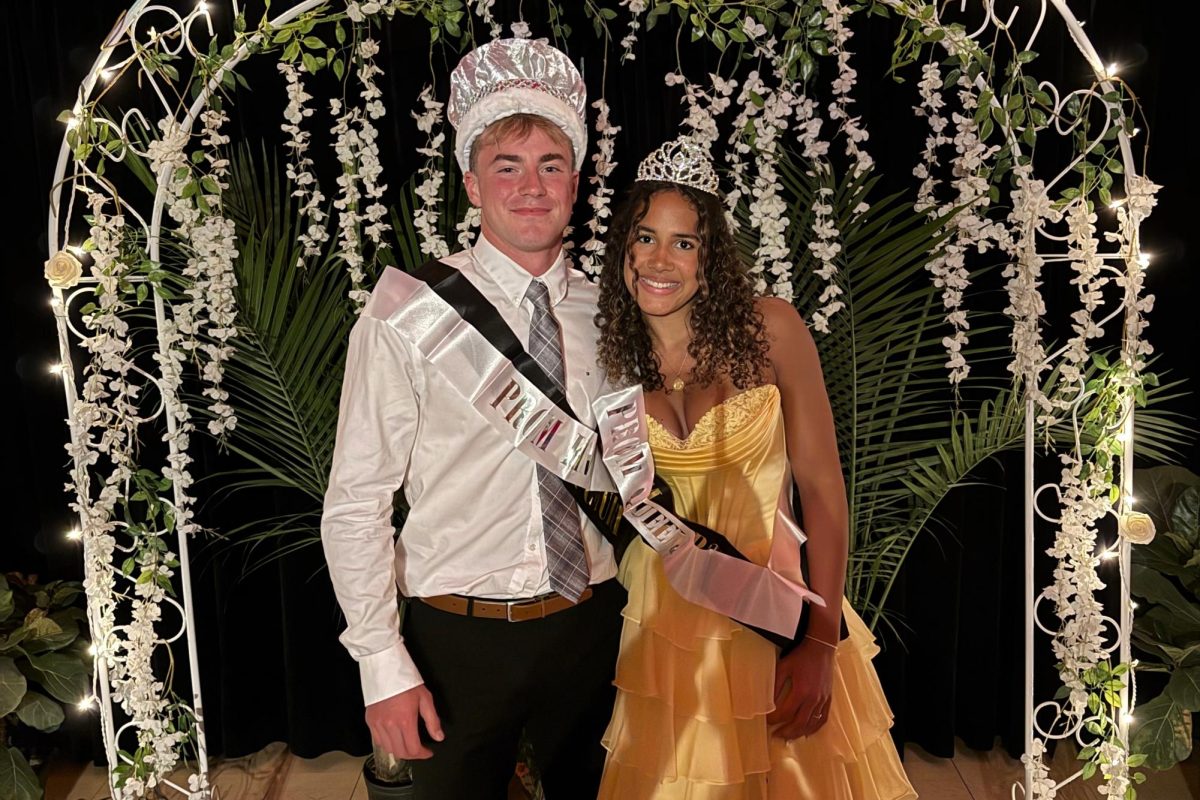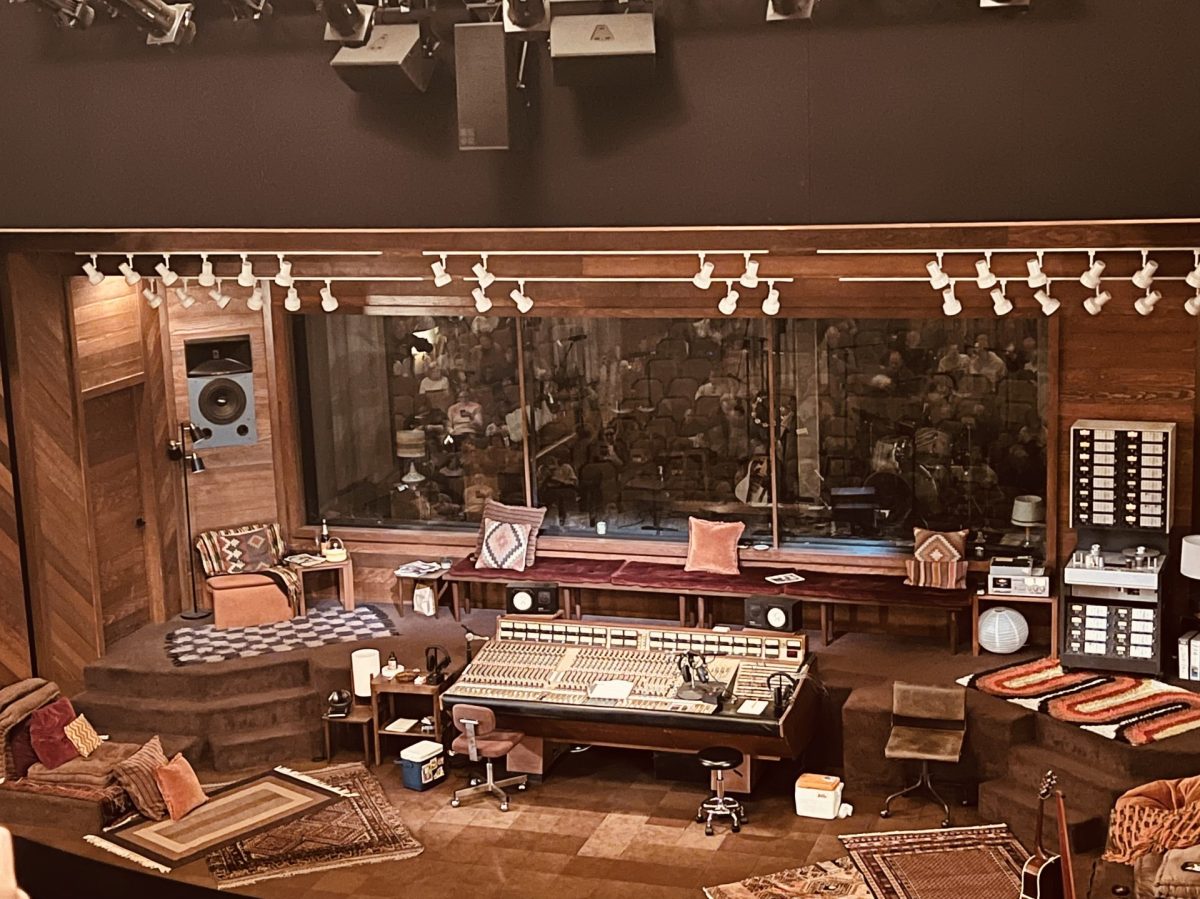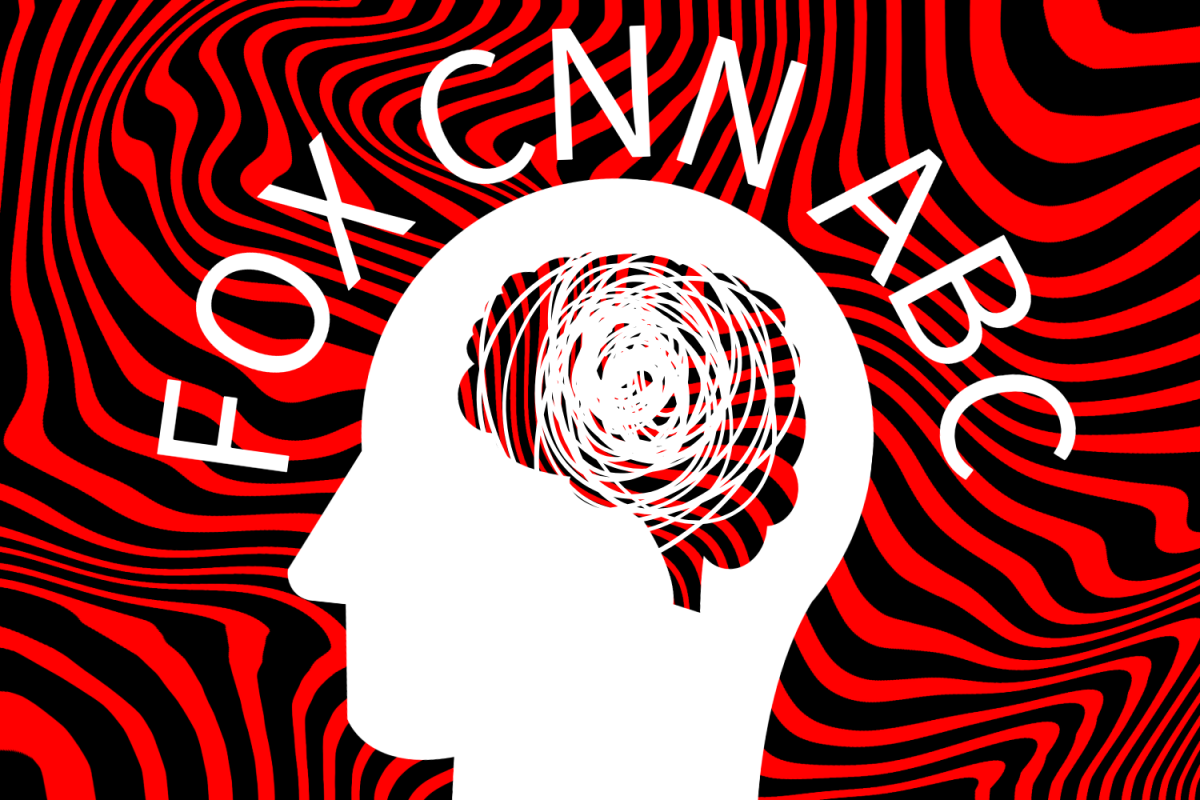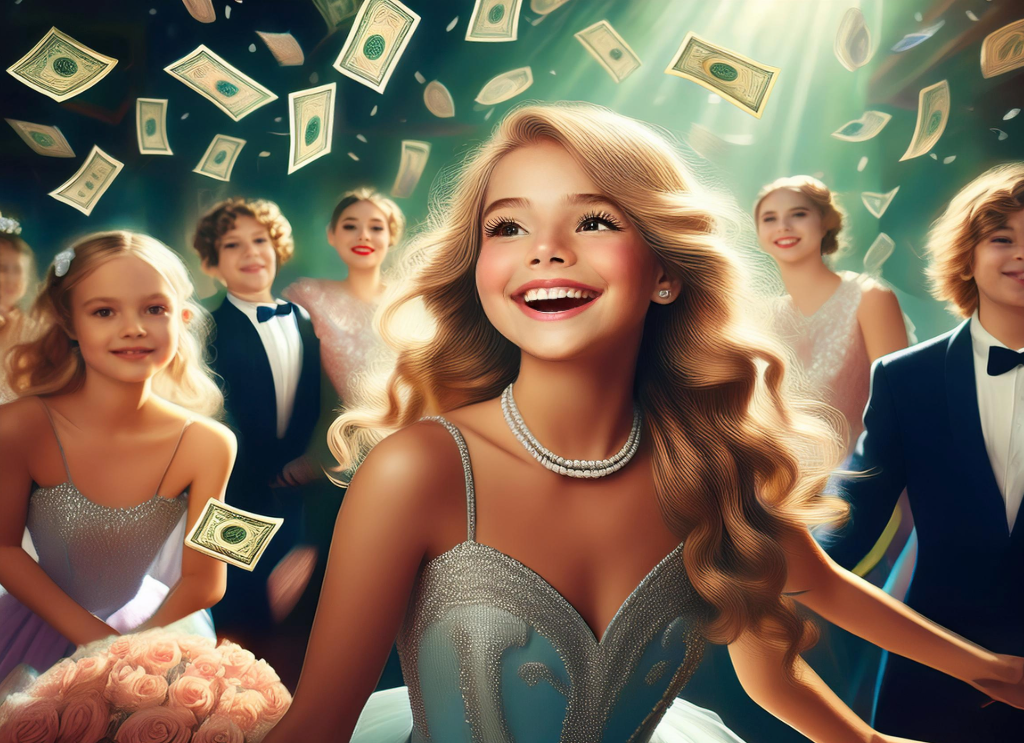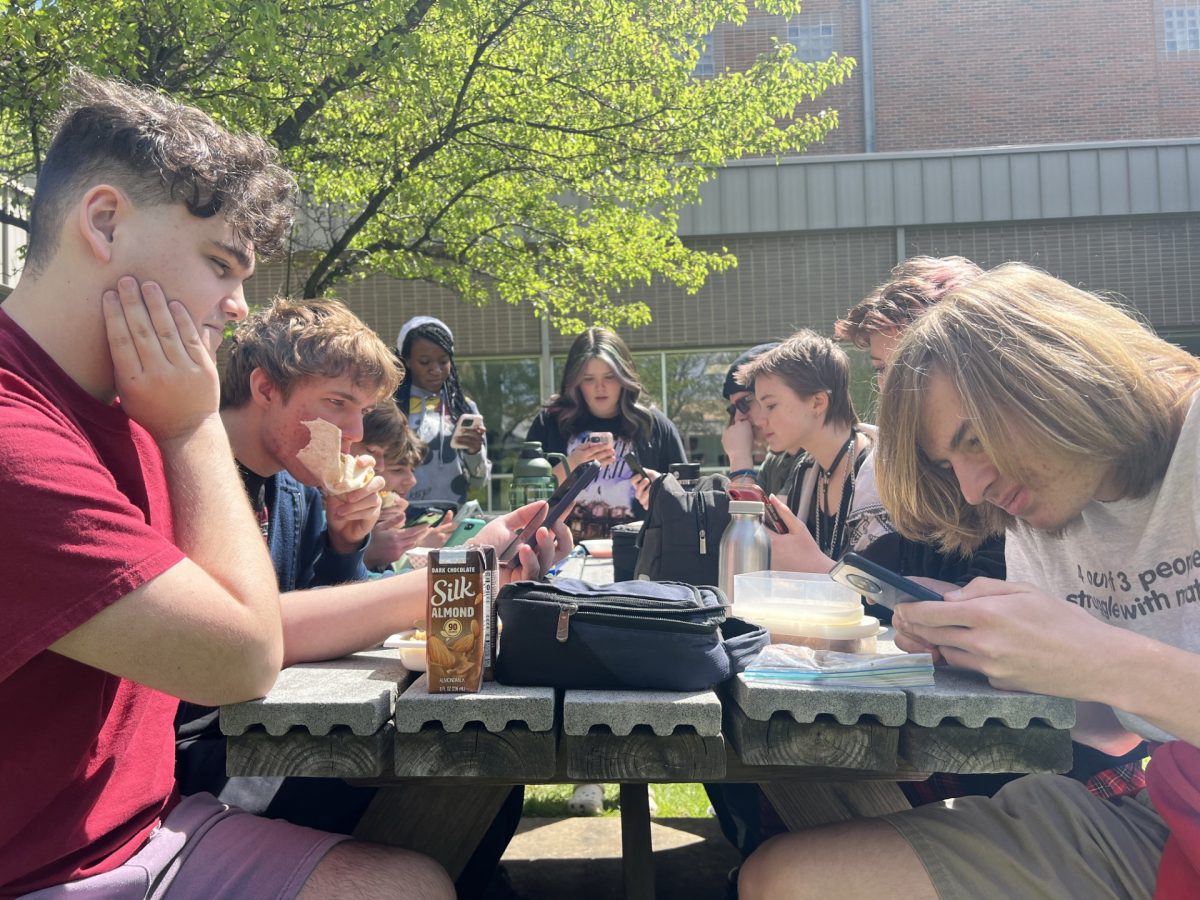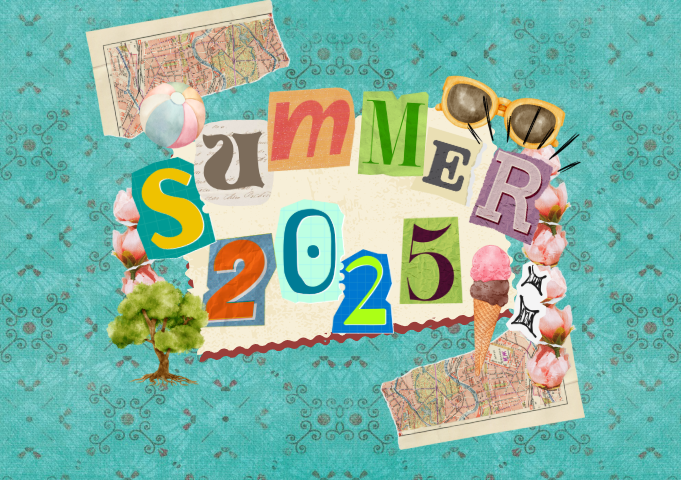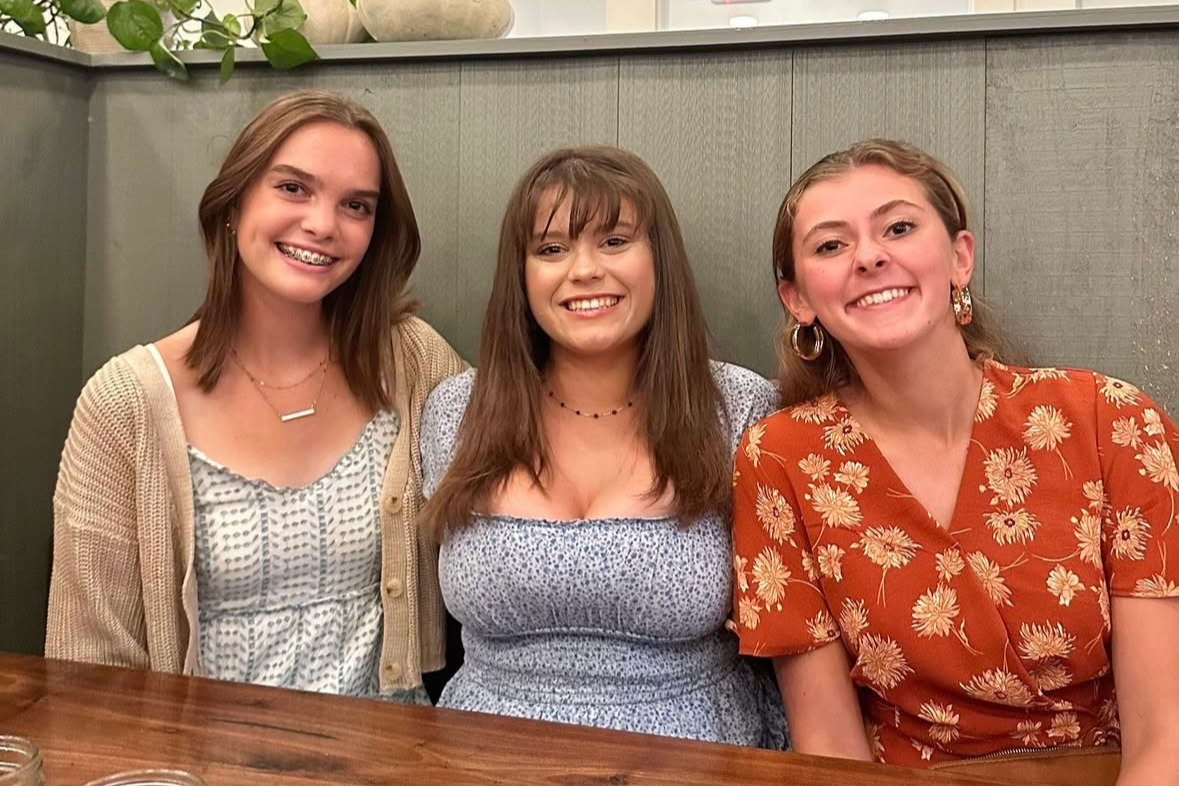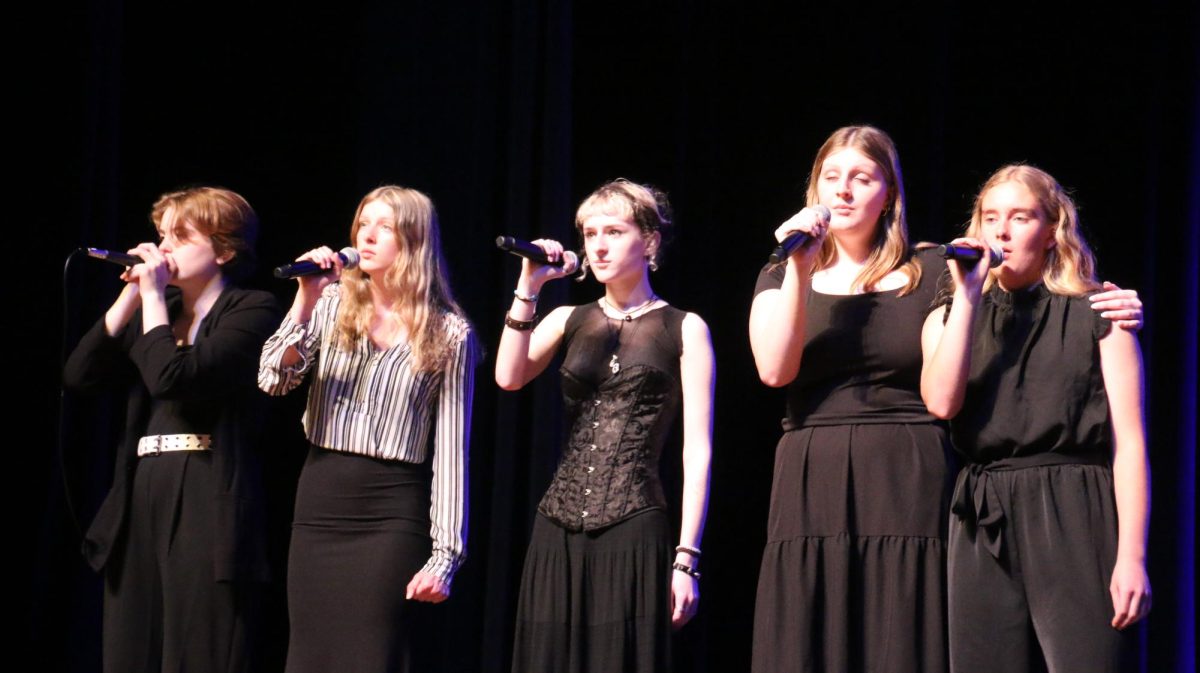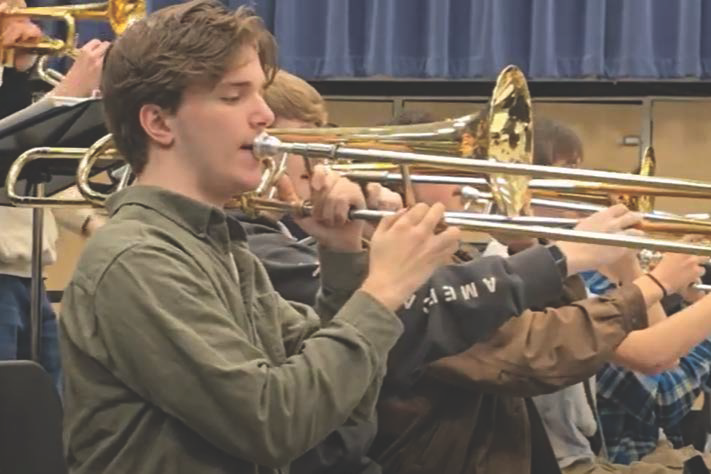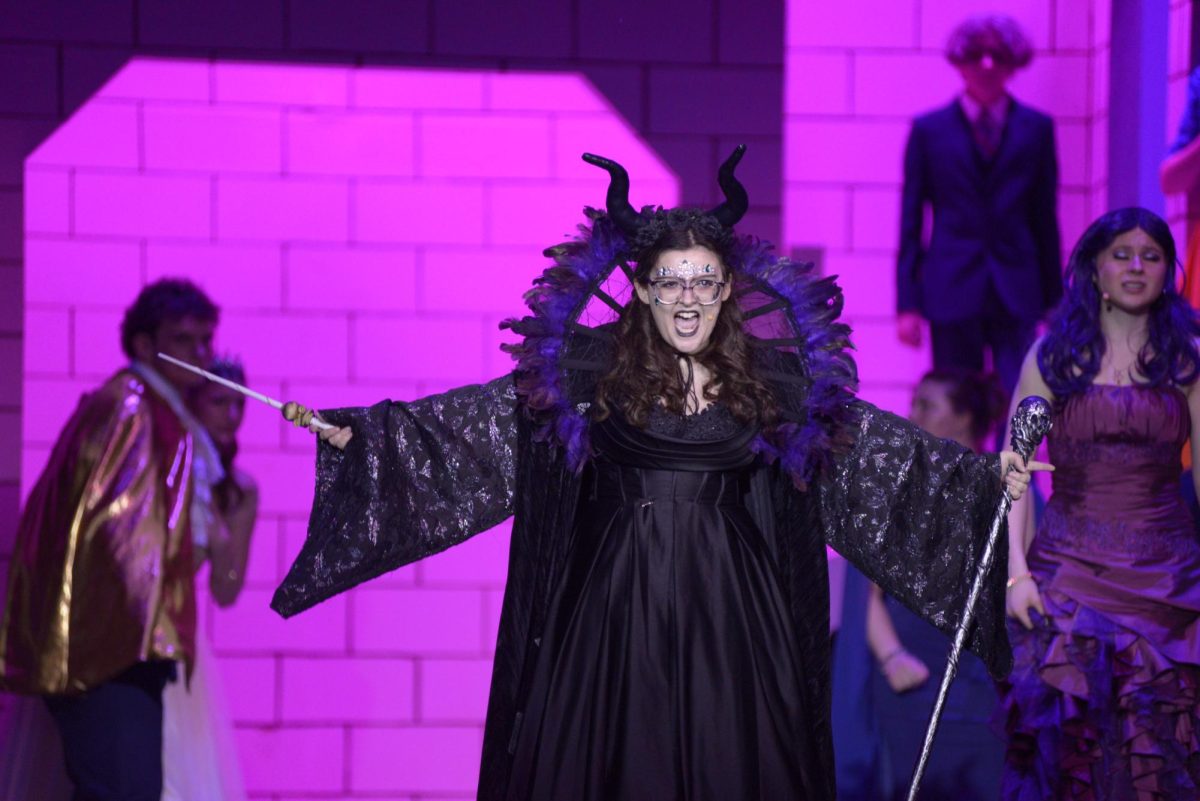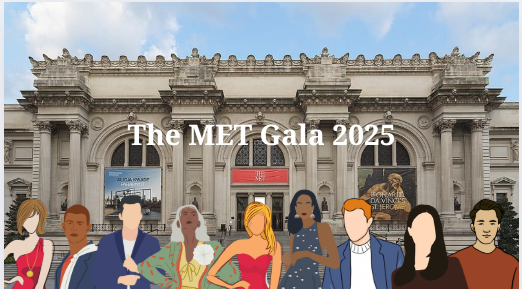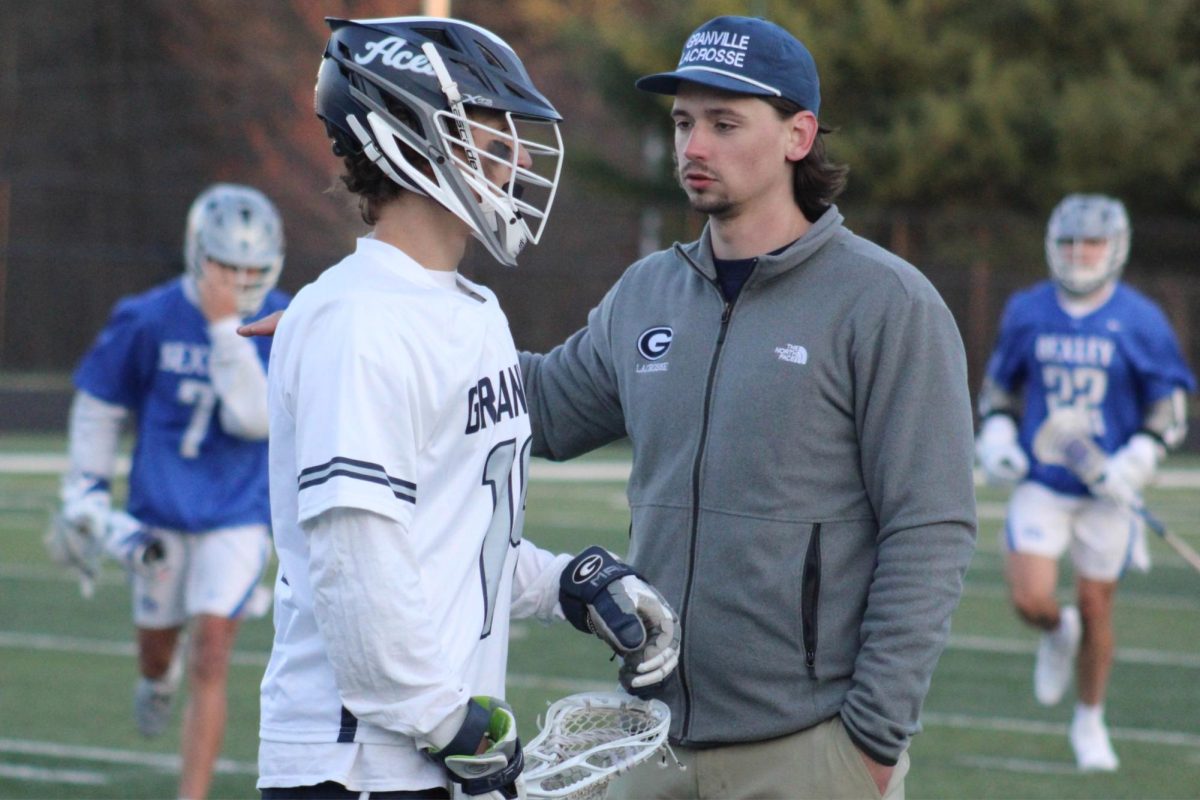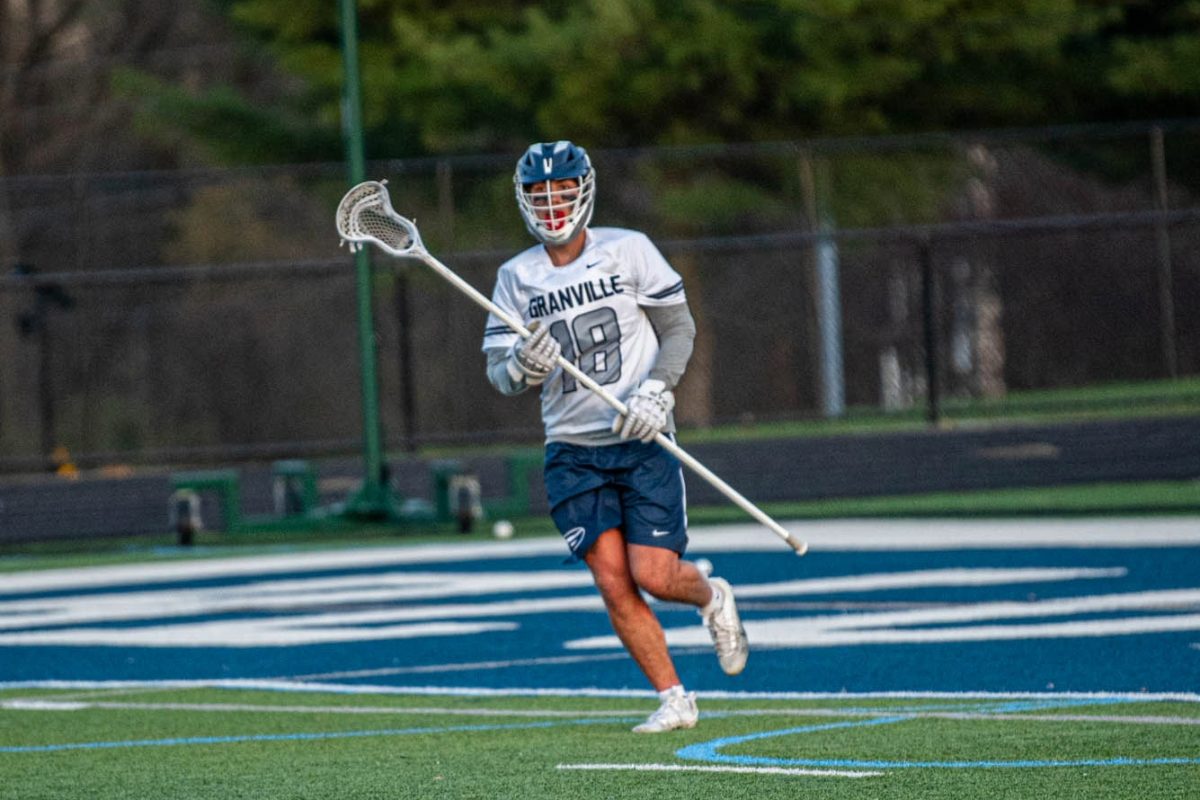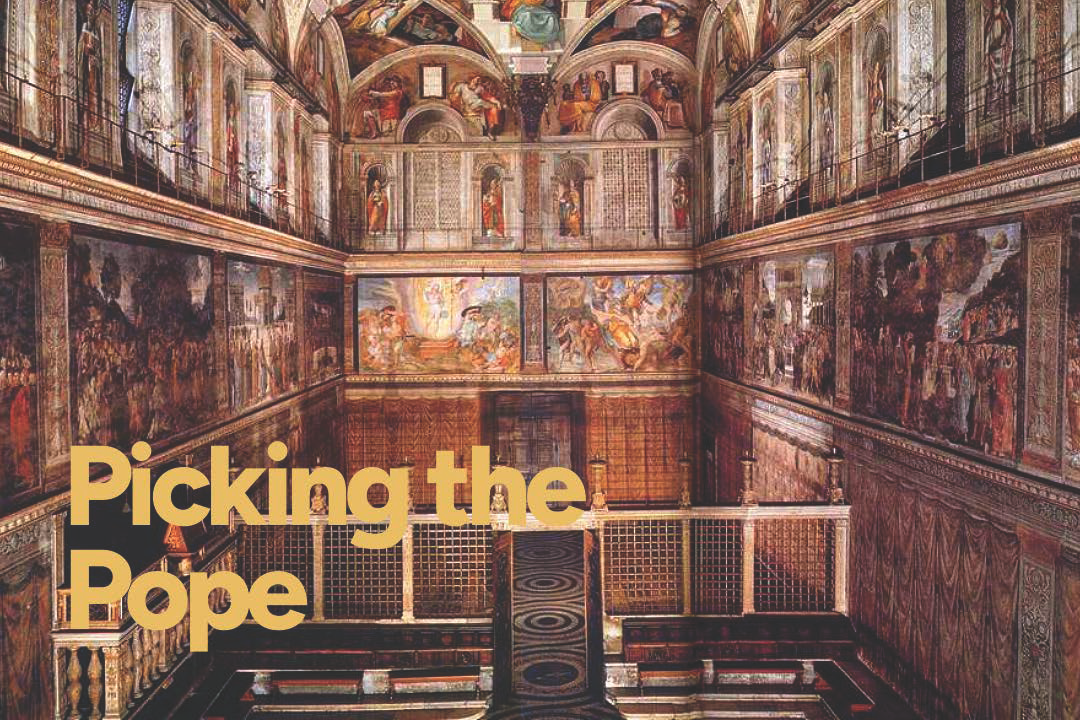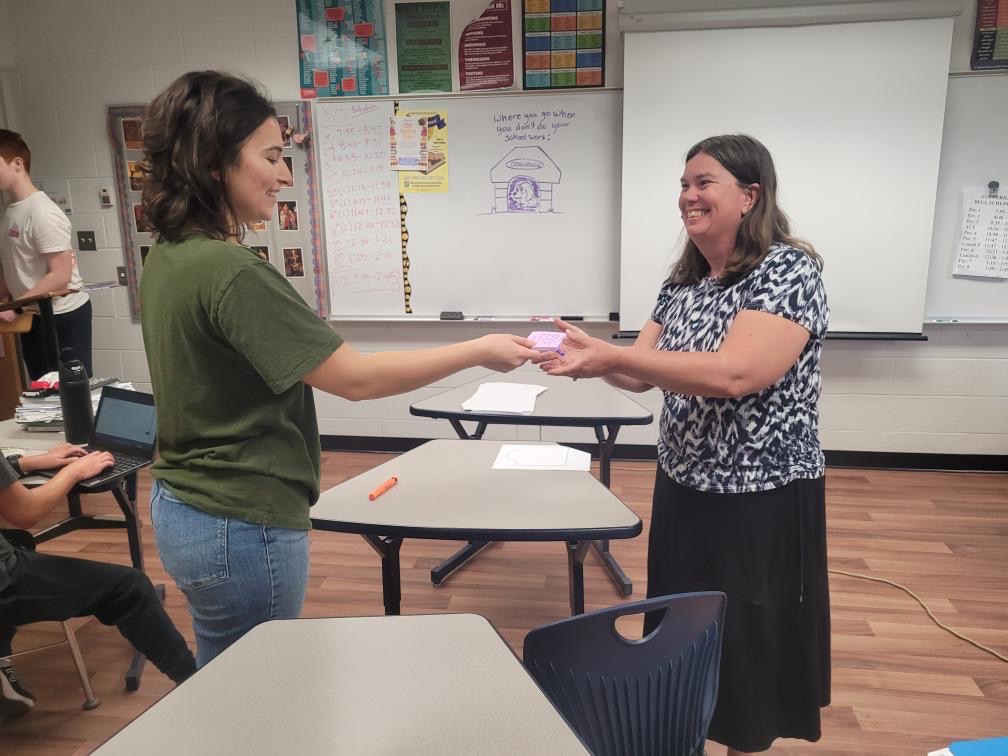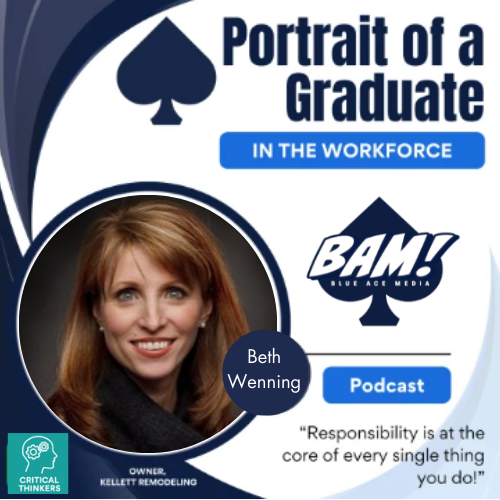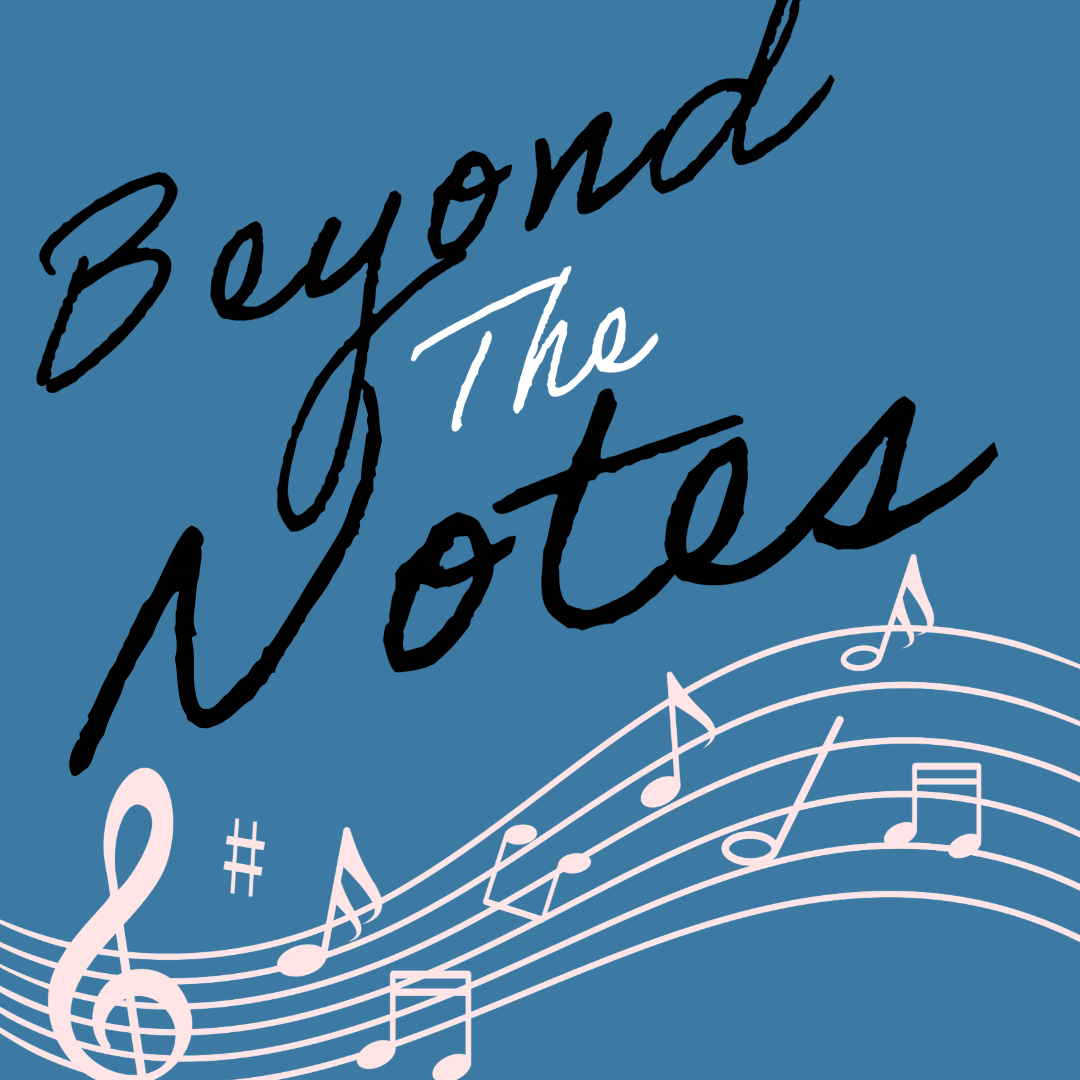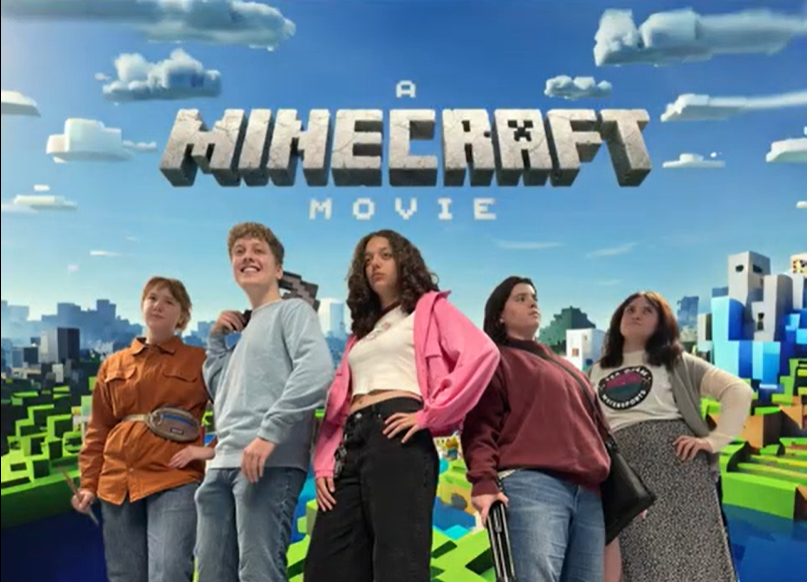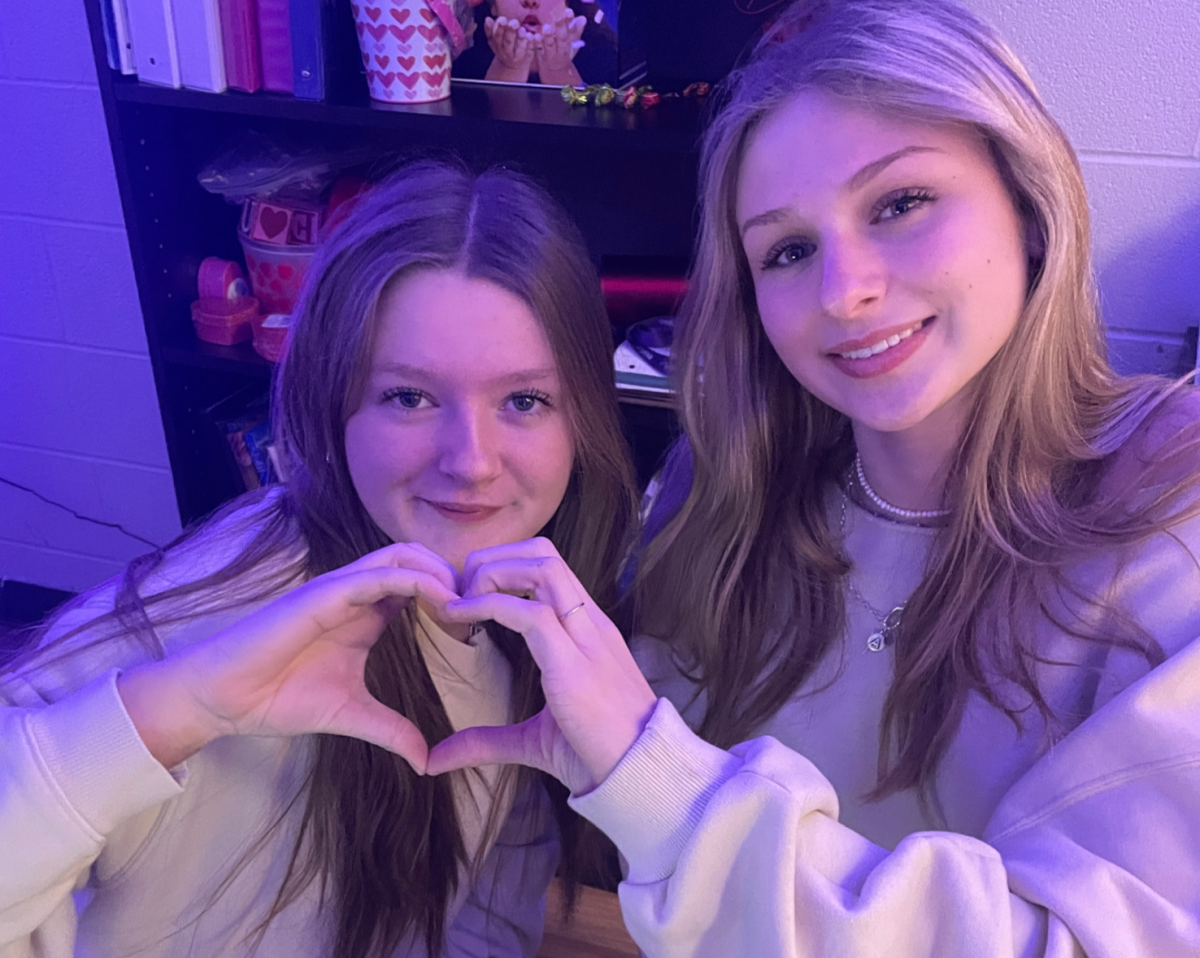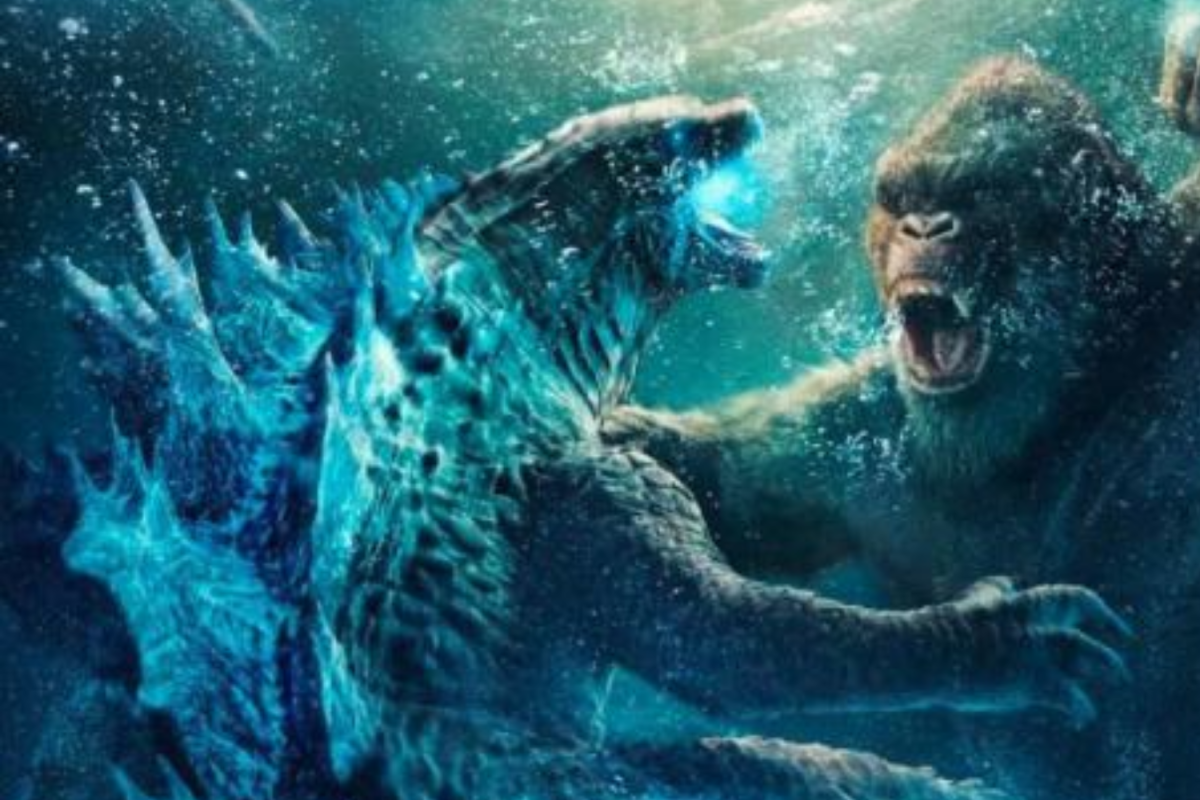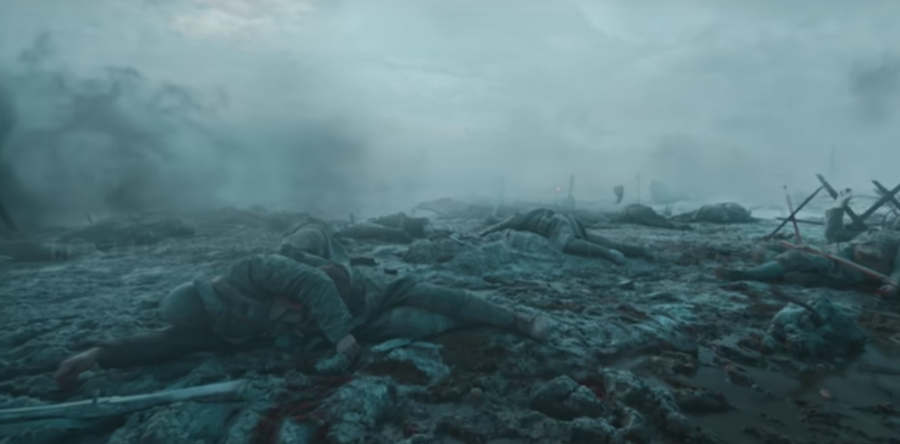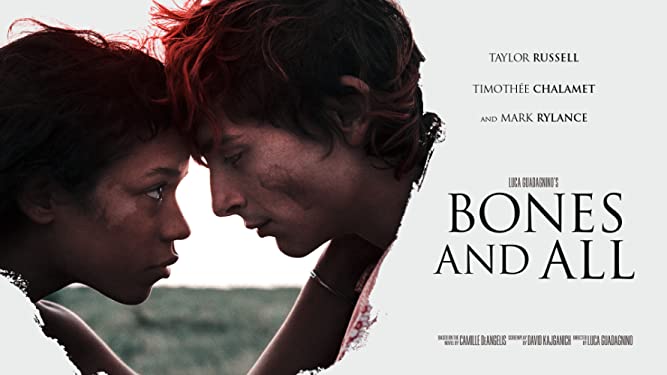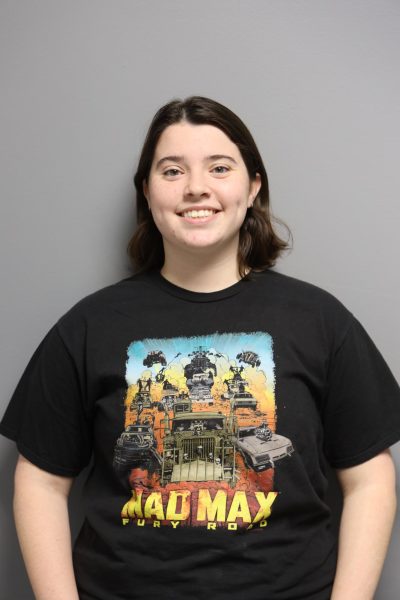From its first launch in 2009, Minecraft has remained in the hearts and electronic devices of its users.
“The story of who invented Minecraft is not just about the birth of a game; it’s a journey of imagination, innovation and the power of community,” according to James Hardy in History Cooperative.
Markus “Notch” Persson, a Swedish video game programmer and designer, who later founded the video game development company Mojang Studios, is responsible for the creation of the sensational game.
Minecraft started as Persson’s personal project, kindled by his desire to introduce something new to the online game community, said Hardy.
What started as a small side project quickly became one of the worlds most played video games that maintains its relevance 15 years after its initial launch date. But what made Minecraft so special?
Persson introduced Minecraft as a player driven and designed space, which was “a concept that resonated with a wide audience,” said Hardy.
In addition to its unique gameplay, Minecraft’s development from the game Persson coded in a few days to the full operation system it has now sets it apart from other games of its time. Minecraft’s development was, and still is, heavily reliant on community feedback.
“Markus uploaded the first playable version of Minecraft onto the indie forum TIGSource … Other forum writers immediately began exploring the blocky world that Markus presented to them,”according to Wired.
Minecraft was not an overnight success or a one hit wonder. Persson took time and care into developing his games to be the best possible version it could.
Minecraft took off in a more gradual fashion, slowly accumulating a following from its popular forum, to later steadily increasing its sales, said Goldberg and Larsson.
By applying all the feedback he received and integrating different ideas to his original design, Persson created a game that attracts players of all ages and backgrounds. Minecraft’s unique play style allows the experience of the game to be completely dictated and customized by its users, limiting them to their individual imaginations.
Minecraft’s “open-end nature” enabled the game to be shaped by its intended audiences, setting the standards of its future gameplay development to be heavily influenced by “community input”, said Hardy.
Persson’s dedication to the game is reflected in his encouragement and application to others ‘ feedback and later when launching a for sale version of the game he incorporated a pricing model that reflected his intentions of continuing to improve and add to the game.
“After all the success and imprint of Minecraft in the hearts of so many gamers, Mojang and the ownership of Minecraft’s intellectual property was bought by Microsoft in 2014, for almost a record amount,” according to Joakim Henningson in Redbull.
15 years later the Minecraft empire continues to grow and expand into new industries in addition to its video game life.
“The blockbuster adaption of the 2011 video game ‘Minecraft’ shattered box office expectations, grossing $162.75 million domestically, and marking the biggest opening weekend of the year,” according to CNN.
Fueled by a media frenzy and star power, people flocked to theaters to revisit their favorite minecraft memories and reconnect with the popular game.
“Pre-sales and interest accelerated in a remarkable way during the run-up to opening night,” Shawn Robbins, director of movie analytics at Fandango and founder of Box Office Theory, told CNN in an email.
Coupled with a collaboration with McDonald’s, the Minecraft name is once again brought front and center. Once more drawing people into an adventure and rallying the creative spirit of the game.



